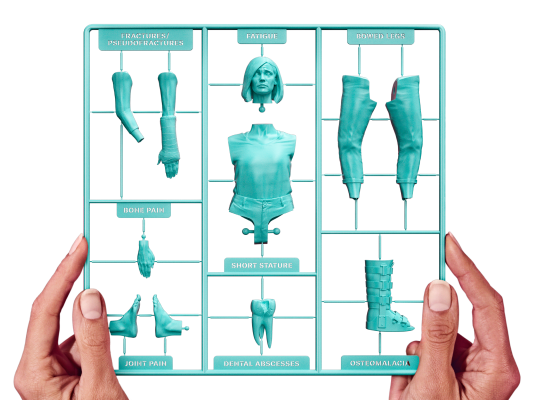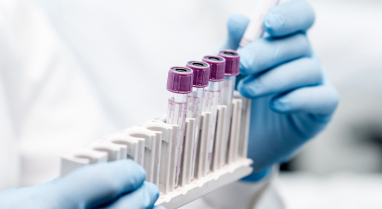What is XLH
Symptoms of XLH in adults

XLH affects every adult differently
Adults with XLH may experience symptoms in childhood and new symptoms later in life
Symptoms of XLH in adults
Symptoms in adults may include:

















My favorite activities for making my stiffness more manageable are taking my dog on walks and doing yoga stretches.”
Cheryl
Living with XLH
If you think your symptoms are connected,
take the next step:
Sign up to receive helpful resources, get important event invites, and hear real patient stories that will support you on your journey.
Sign up

